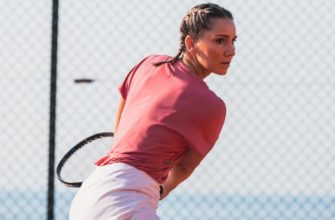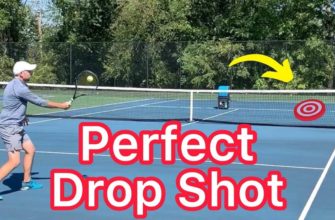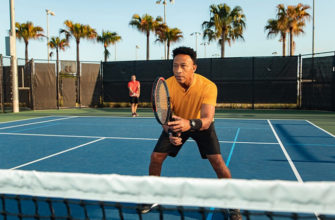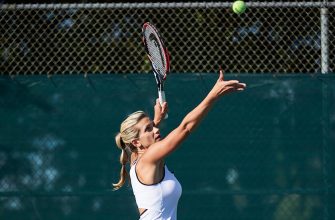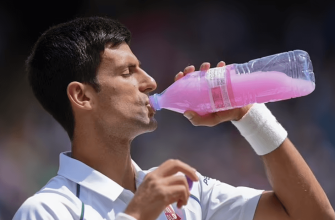The forehand is among the most basic and effective shots in tennis. It is an important shot for every tennis player to master since it can be utilized both defensively and offensively. This article will walk you through the steps of hitting a tennis forehand with the use of pertinent examples, case studies, and statistics.
Understanding the Importance of the Forehand
The forehand is often the first shot that tennis players learn, and for a good reason. The forehand is the most common shot in tennis, accounting for over 30% of all shots in professional matches, according to a survey by the International Tennis Federation (ITF). It’s a versatile shot that can be used in a variety of situations, from aggressive baseline play to delicate drop shots.
The Right Equipment for a Powerful Forehand
Before diving into the techniques, it’s important to understand the role of the right equipment in executing a successful forehand. The size, weight, and string tension of your racket can significantly impact your shot. A heavier racket can provide more power, while a lighter one can offer better maneuverability. Similarly, a higher string tension can provide more control, while a lower one can offer more power. It’s crucial to choose a racket that suits your style of play and physical capabilities.
The Basic Forehand Technique
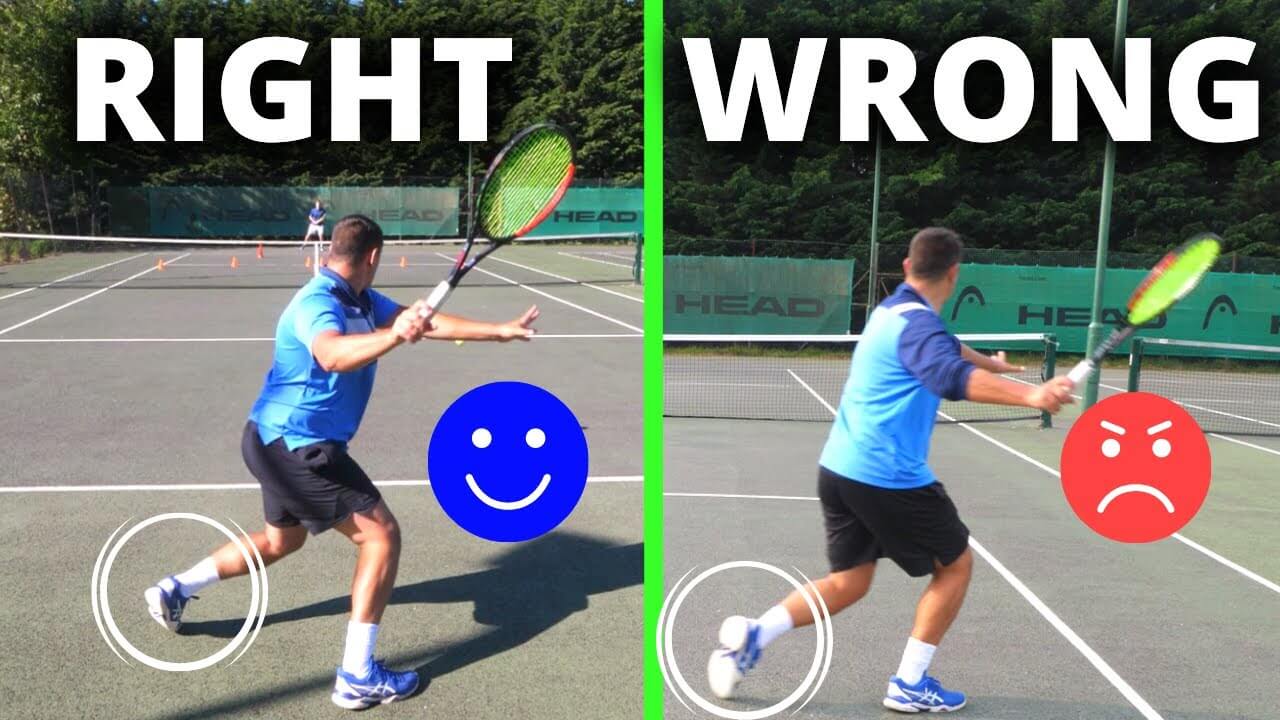
Understanding the basic forehand technique is the first step towards mastering this shot.
Here’s a step-by-step guide:
- Step 1: The Ready Position – Stand with your feet shoulder-width apart, knees slightly bent, and weight on the balls of your feet. Hold the racket with both hands, ready to move in any direction. This position allows for quick reactions and movements in any direction.
- Step 2: The Turn – As soon as you see the ball coming towards your forehand side, turn your body sideways. Your non-dominant shoulder should be pointing towards the net. This rotation of the body is crucial for power generation.
- Step 3: The Backswing – Swing the racket back until it’s almost parallel to the ground. Your racket should be pointing towards the back fence, and your elbow should be slightly bent. This backswing is what prepares you for the forward swing and contact with the ball.
- Step 4: The Forward Swing – Swing the racket forward in a smooth, fluid motion. The speed of your swing will determine the power of your shot. The goal is to make contact with the ball at the peak of its bounce.
- Step 5: Contact Point – Make sure to hit the ball with the center of the racket strings, also known as the “sweet spot”. The ideal contact point is usually slightly in front of your body, allowing for the most control and power.
- Step 6: The Follow-Through – After hitting the ball, continue the swing motion. Your racket should finish high, pointing towards the direction of the shot. The follow-through is important for maintaining balance and ensuring the ball goes in the intended direction.
- Step 7: Recovery – After the follow-through, quickly return to the ready position and prepare for the next shot. Good recovery is essential for maintaining a rally and being ready for your opponent’s return.
Remember, the key to a good forehand is consistency. Practice these steps until they become second nature, and you’ll be well on your way to mastering the tennis forehand.
Physical Conditioning for a Strong Forehand
Physical fitness plays a crucial role in executing a powerful and accurate forehand. Strength, flexibility, and endurance are key to maintaining proper form and hitting consistent shots throughout a match. Incorporating strength training, particularly for the core and upper body, can help improve your swing power. Similarly, flexibility exercises can help improve your range of motion, allowing for a smoother swing and follow-through.
The Mental Aspect of the Forehand
Tennis is a game that requires both physical and mental skill. Knowing when to use different types of forehand shots can give you a strategic advantage. For instance, a flat forehand can be employed for a more straight, aggressive shot while a forehand with topspin can be helpful when you want to push your opponent back. It can also be a game-changer to recognize your opponent’s weaknesses and adjust your shots accordingly.
Drills and Practice Routines
Mastering the forehand requires consistent practice.
These exercises can help you develop your forehand:
- Wall Hitting – Your swing and timing can be improved by hitting the ball against a wall. For as long as possible, try to keep up a steady rally.
- Cone Target Practice – Set up cones at different locations on the court and aim your forehand shots at them. This can help improve your accuracy.
- Cross-Court Drills – Practicing cross-court forehands can help improve your angle shots and control.
Tips from Professionals
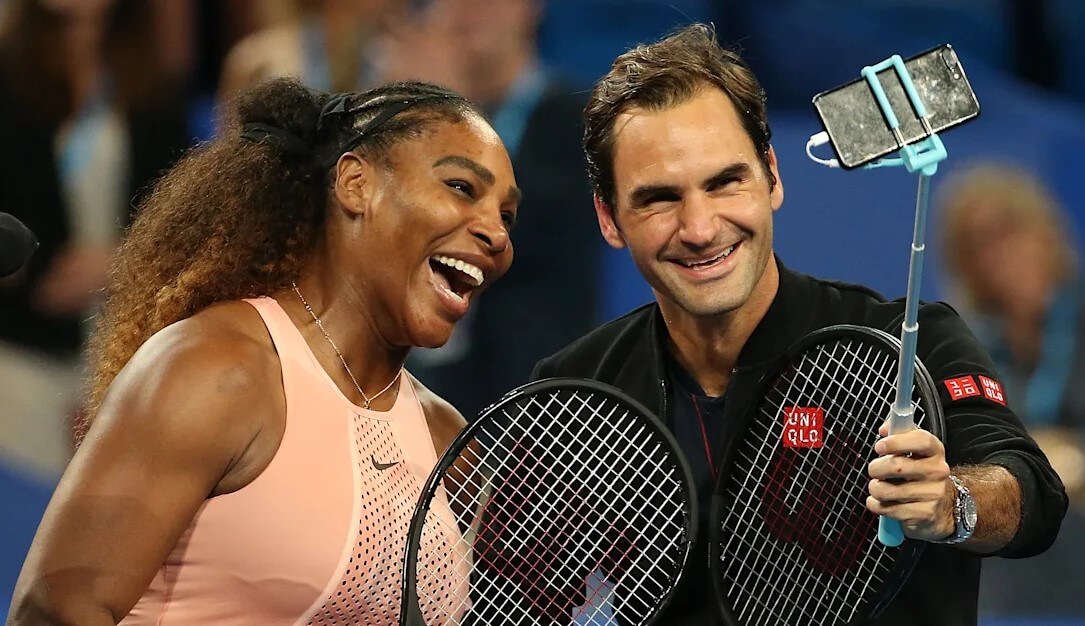
Learning from the best can provide valuable insights.
Here are some pointers from top tennis players:
- Roger Federer: “Always keep your eye on the ball. It sounds simple, but it’s crucial for timing your shot correctly.”
- Serena Williams: “Use your whole body when you hit a forehand, not just your arm. Your power comes from your legs and core.”
- Rafael Nadal: “Practice with purpose. Don’t just hit the ball; try to improve a specific aspect of your forehand during each practice session.”
Troubleshooting Your Forehand
If you’re struggling with your forehand, here are a few common issues and how to fix them:
- Shots Going Into the Net – This could be due to hitting the ball too late or not following through properly. Try to hit the ball at the peak of its bounce and ensure a full follow-through.
- Shots Going Out of Bounds – This could be due to hitting the ball too hard or not adding enough spin. Try to control your swing speed and add more topspin to keep the ball in play.
Frequently Asked Questions
What is the best way to hit a forehand in tennis?
The best way to hit a forehand in tennis involves several key steps: starting in the ready position, turning your body sideways as the ball approaches, swinging your racket back and then forward in a smooth motion, making contact with the ball at the center of the racket strings, and following through with your swing. It’s also important to use your non-dominant arm for balance and to rotate your body as you swing to generate power.
How do you hit a forehand in tennis for beginners?
For beginners, the focus should be on mastering the basic forehand technique. Start in the ready position with your feet shoulder-width apart and your knees slightly bent. As the ball approaches, turn your body sideways, swing your racket back, and then swing forward to hit the ball. Make sure to hit the ball with the center of the racket strings and follow through with your swing. Practice this motion until it becomes second nature.
What are the 7 steps to the forehand?
The forehand in tennis can be broken down into these seven steps:
- Ready Position: Stand with your feet shoulder-width apart, knees slightly bent, and weight on the balls of your feet.
- Recognition: Identify the incoming ball and decide to hit a forehand.
- Turn: Turn your body sideways with your non-dominant shoulder pointing towards the net.
- Racket Back: Swing your racket back in preparation to hit the ball.
- Step Forward: Step forward with your front foot as you begin your forward swing.
- Contact: Hit the ball with the center of the racket strings.
- Follow-Through: Continue your swing even after hitting the ball, with your racket finishing high.
How do you hit a tennis forehand like the pros?
Hitting a tennis forehand like the pros involves mastering the basic technique and then incorporating advanced techniques such as the open stance forehand and topspin forehand. Pros also use their whole body to generate power, rotating their hips and shoulders during the swing. They maintain a good balance and follow through completely after hitting the ball. Additionally, pros often use mental strategies to decide when to use different types of forehand shots based on the game situation. Regular practice and continuous learning are key to hitting a tennis forehand like the pros.
Conclusion
The forehand is a fundamental shot in tennis that can be a powerful weapon when executed correctly. By understanding the basic technique, choosing the right equipment, maintaining physical fitness, incorporating mental strategies, and practicing regularly, you can develop a strong and versatile forehand.
Remember, the key to a great forehand is consistent practice and continuous learning. So grab your racket, hit the court, and start practicing your forehand today!


